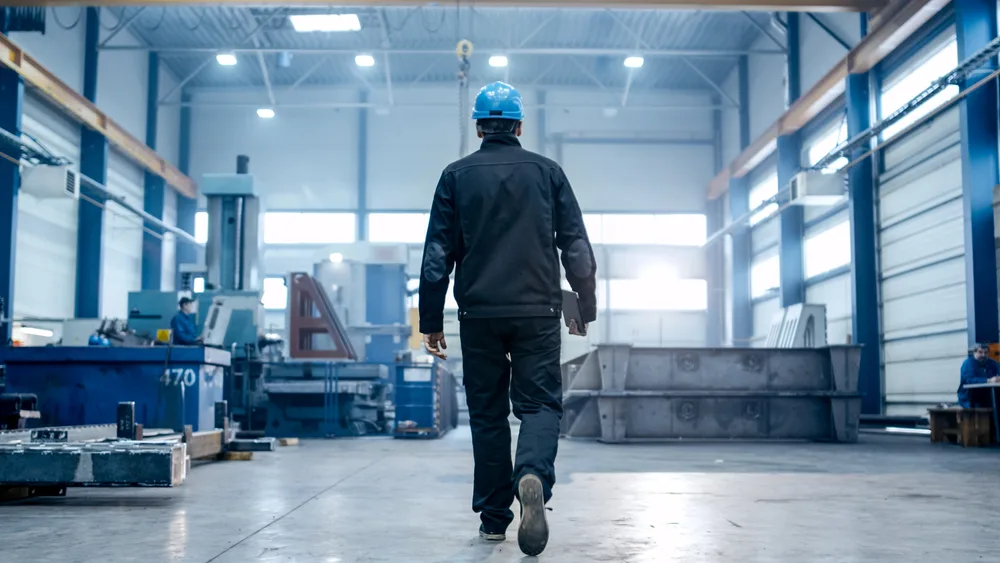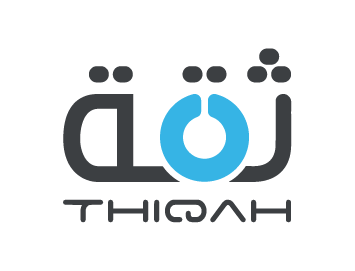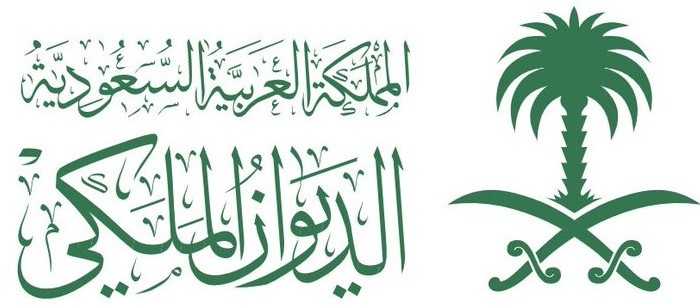Post-Weld Heat Treatment: Processes and Techniques Course
Introduction:
Many processes in welding and fabrication require the application of Post-Weld Heat Treatment (PWHT). This process is primarily focused on managing residual stresses, enhancing mechanical properties, and ensuring structural integrity. This course covers the principles, methods, and applications of Post-Weld Heat Treatment (PWHT).
The course enables participants to acquire both knowledge and practical skills needed to carry out appropriate PWHT for improved weld performance. It also addresses gaps in industry standards, ensuring participants learn how to handle welded parts properly, maintaining quality and safety while conforming to standards.
Objectives:
Upon completing this Post-Weld Heat Treatment (PWHT) course, participants will be able to:
- Grasp the concept of Post-Weld Heat Treatment (PWHT) and its relevance.
- Assess which weld types or materials are suitable for PWHT.
- Justify the appropriate PWHT methods based on welding technology and materials.
- Understand the significance of temperature management during code repair.
- Ensure that PWHT is effectively applied to achieve stress relief and material enhancement.
- Identify and apply relevant codes and standards for Post-Weld Heat Treatment.
- Troubleshoot common issues associated with PWHT application.
- Improve the quality, safety, and reliability of welded components using PWHT techniques.
- Provide accurate documentation and reporting of PWHT processes.
Training Methodology:
- Interactive presentations by subject matter experts
- Hands-on practice
- Open discussions and debates
- Role-play and situational analysis
- Problem-solving exercises
- Temperature regime demonstrations
- Workshop on repair procedures
- Review of industry guidelines
- Demonstration of reporting and documentation skills
Course Outline:
Unit 1: What is Post-Weld Heat Treatment (PWHT):
- Definition and importance of PWHT in welding.
- Purpose and advantages of PWHT.
- Types of weldments that require PWHT.
- Comparison of PWHT with other heat treatment processes.
Unit 2: Principles of PWHT:
- Effects of welding on structural materials.
- Understanding residual stresses.
- Temperature control and distribution in PWHT.
- Heat treatment parameters and cycles.
Unit 3: PWHT Methods and Equipment:
- Methods: Furnace, induction, resistance, and flame heating PWHT.
- Selecting the appropriate PWHT method.
- Monitoring and controlling thermal cycles.
- Safety measures in operating PWHT equipment.
Unit 4: PWHT Process Execution:
- Purpose and preparation of components for PWHT.
- Temperature profiles and heating cycles.
- Cooling and quenching methods.
- Evaluating PWHT effectiveness.
Unit 5: PWHT for Different Welded Materials:
- PWHT of carbon steels.
- PWHT of stainless steels and nickel alloys.
- PWHT of heat-treatable alloys.
- Preheat treatment for exotic materials and superalloys.
- Case studies on material softening treatments after welding.
Unit 6: Quality Assurance and Documentation:
- Specialist PWHT procedures for heating and cooling.
- Compliance with weld specifications and procedures.
- Documentation and report writing.
- Non-destructive examination (NDE) methods.
- Qualification of welds after PWHT.
Unit 7: Troubleshooting and Best Practices:
- Common problems encountered during PWHT.
- Remedies for avoiding root issues.
- Key recommendations for effective PWHT.
- Addressing safety concerns in PWHT operations.
- Practical case studies and simulations.


















